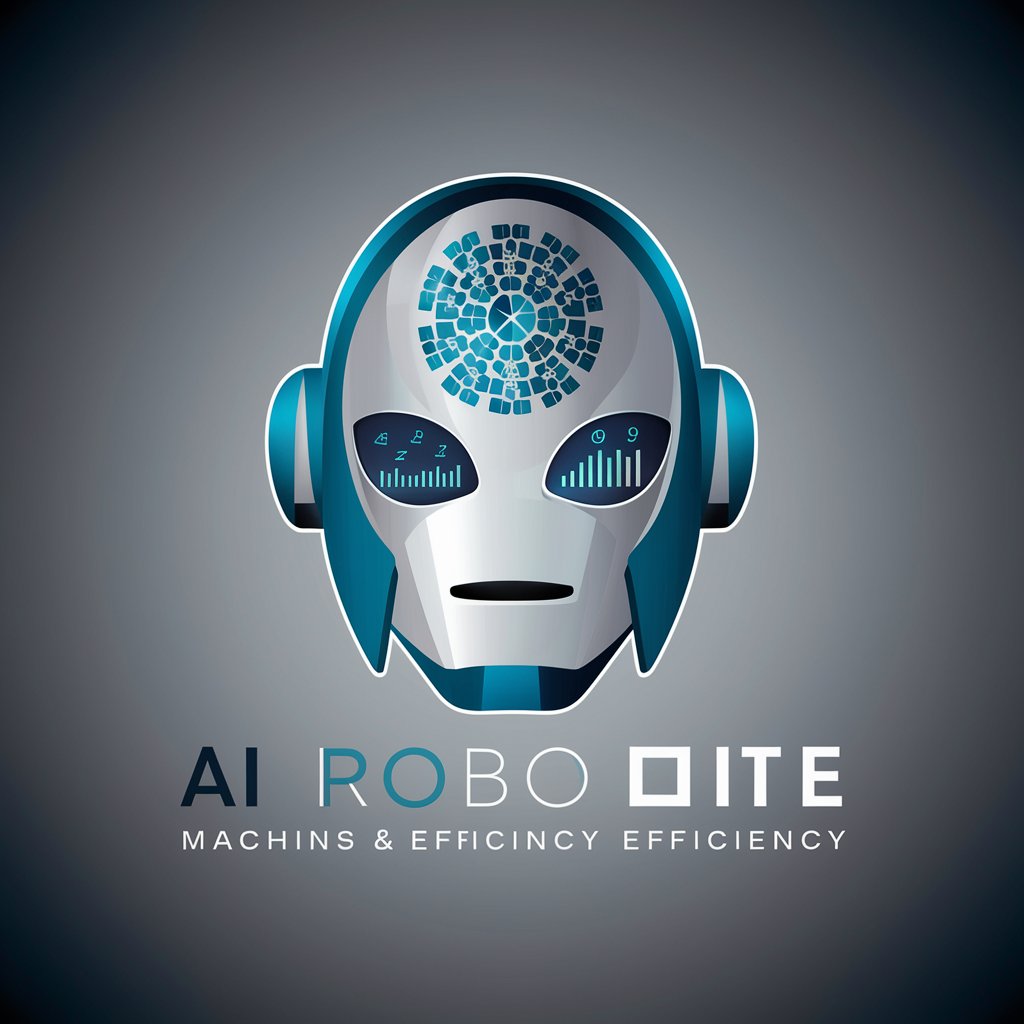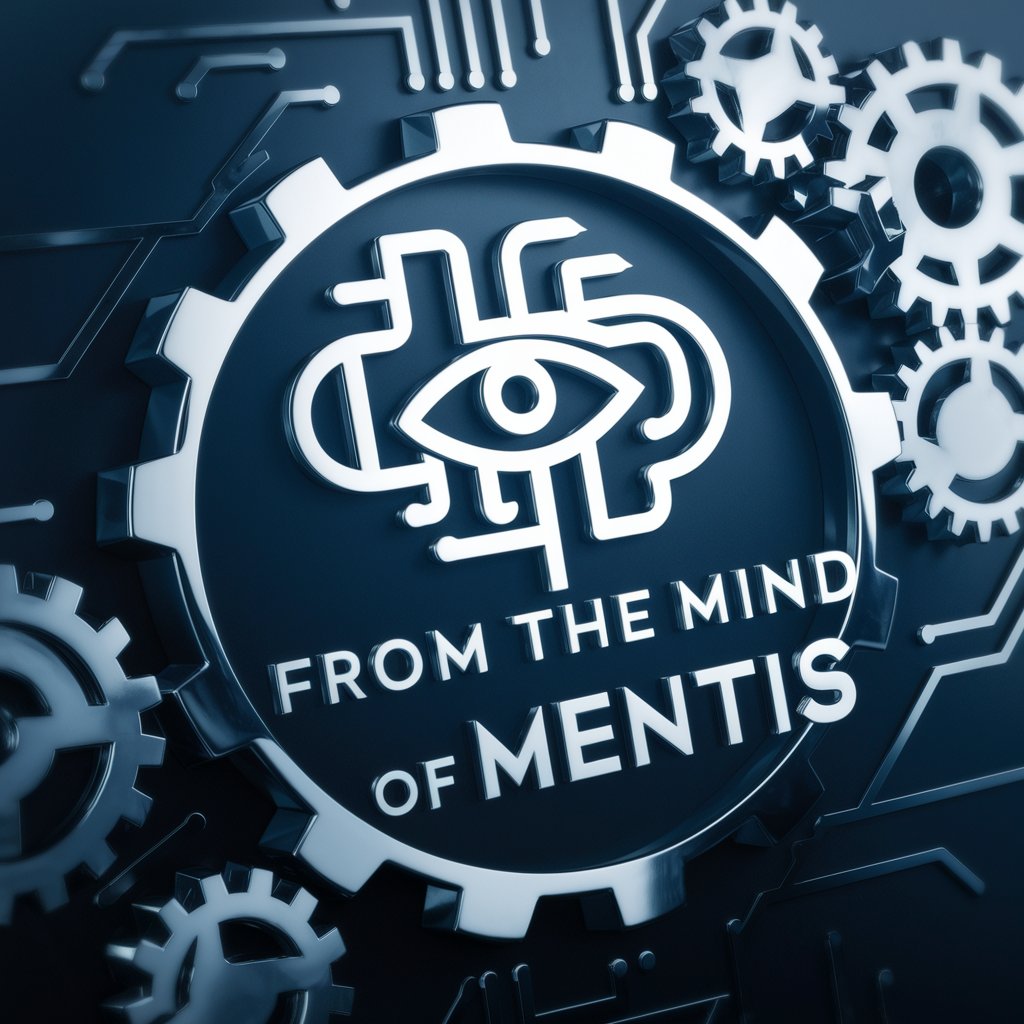Model Optimizer - Model Performance Boost

Welcome! Let's optimize your machine learning models efficiently.
Optimize AI Models Efficiently
Explain the benefits of dimensionality reduction in machine learning models.
How does clustering improve the efficiency of data analysis?
Describe the key performance metrics for evaluating AI models.
What are the best practices for optimizing machine learning models?
Get Embed Code
Introduction to Model Optimizer
Model Optimizer is a specialized tool designed to enhance efficiency and streamline the process of model compression in machine learning and artificial intelligence. Its primary goal is to optimize AI models for better performance and lower resource consumption, making them suitable for deployment across various platforms, including those with limited computational capabilities. The tool achieves this by applying techniques such as pruning, quantization, and knowledge distillation to reduce model size and computational demands without significantly compromising accuracy. An example scenario where Model Optimizer shines is in deploying deep learning models on mobile devices or edge computing platforms, where resources are scarce. By compressing a model, it ensures that applications like real-time image recognition or language translation can run smoothly on less powerful devices, facilitating broader accessibility and functionality. Powered by ChatGPT-4o。

Main Functions of Model Optimizer
Model Pruning
Example
Reducing the complexity of a neural network by removing unnecessary neurons.
Scenario
In a real-world scenario, a company looking to deploy an image classification model on smartphones would use model pruning to eliminate redundant neurons, thus reducing the model size and making it efficient enough to run in real-time on devices with limited processing power.
Quantization
Example
Converting a model from floating-point to lower precision representations.
Scenario
For deploying a speech recognition model in an IoT device, quantization can reduce the model's memory footprint and speed up inference times, enabling responsive voice-activated controls in smart home devices with constrained computational resources.
Knowledge Distillation
Example
Transferring knowledge from a large, complex model to a smaller, more efficient one.
Scenario
An AI development team can use knowledge distillation to create a compact version of a large language processing model, allowing it to be deployed on cloud servers with limited resources, thereby reducing operational costs while maintaining high performance.
Ideal Users of Model Optimizer Services
AI Researchers and Developers
This group benefits from Model Optimizer by leveraging its capabilities to refine and adapt their models for various deployment scenarios, such as mobile apps, IoT devices, or edge computing platforms. The tool aids in overcoming the limitations posed by device specifications, allowing for the broad application of advanced AI solutions.
Businesses and Organizations
Companies looking to integrate AI into their products or services can utilize Model Optimizer to ensure their models are efficient, scalable, and cost-effective. This is especially beneficial for startups and SMEs with limited computational resources but a need for deploying sophisticated AI functionalities.

How to Use Model Optimizer
Start with YesChat
Begin by visiting yeschat.ai for a free trial, accessible without login or a ChatGPT Plus subscription.
Review Documentation
Familiarize yourself with the tool's documentation to understand its capabilities, prerequisites, and how it can be integrated into your workflow.
Prepare Your Model
Ensure your machine learning model is compatible with the optimizer by checking supported frameworks and model formats.
Optimization Configuration
Configure the optimization settings according to your specific needs, focusing on performance, accuracy, or a balance of both.
Run Model Optimizer
Execute the optimization process, monitor its progress, and evaluate the optimized model's performance against your objectives.
Try other advanced and practical GPTs
AI Guide
Empowering your queries with AI-driven insights.

🔍📈 User Market Analyzer lv3.6
Empower Your Marketing with AI

BABOK
Empowering Business Analysis Excellence

Your Creative Consultant
Empowering Creativity with AI

Ecom CopyCraft GPT
Craft Compelling E-commerce Copy with AI

🪄 Merch Wizard lv2.8
Crafting Your Ideas into Festive Merch

Clearify Text
Simplifying Complexity with AI

Sustainability Operationalizer
Empower sustainability with AI

Image Intelligent Description
Illuminate your images with AI insight

Coupon Finder
AI-Powered Savings at Your Fingertips

From the Mind of Mentis
Unleashing Creativity with AI

メンタルヘルス研修エージェント(管理監督者向け)
Empowering Managers for Mental Wellness

Model Optimizer Q&A
What is Model Optimizer?
Model Optimizer is a tool designed to improve the efficiency and performance of machine learning models through optimization techniques such as pruning, quantization, and layer fusion.
Which models can Model Optimizer work with?
It works with a wide range of machine learning models, particularly those built in popular frameworks like TensorFlow, PyTorch, and ONNX.
How does Model Optimizer enhance model performance?
By reducing the model size and complexity, it enhances computational efficiency, decreases memory usage, and often improves inference speed without significantly compromising accuracy.
Can Model Optimizer be used for mobile and embedded devices?
Yes, it's particularly useful for adapting models for deployment on resource-constrained environments such as mobile and embedded devices by minimizing model footprint and computational demands.
What are the common use cases for Model Optimizer?
Common use cases include preparing models for real-time inference on edge devices, reducing cloud compute costs, and optimizing models for faster inference and lower latency in production environments.
